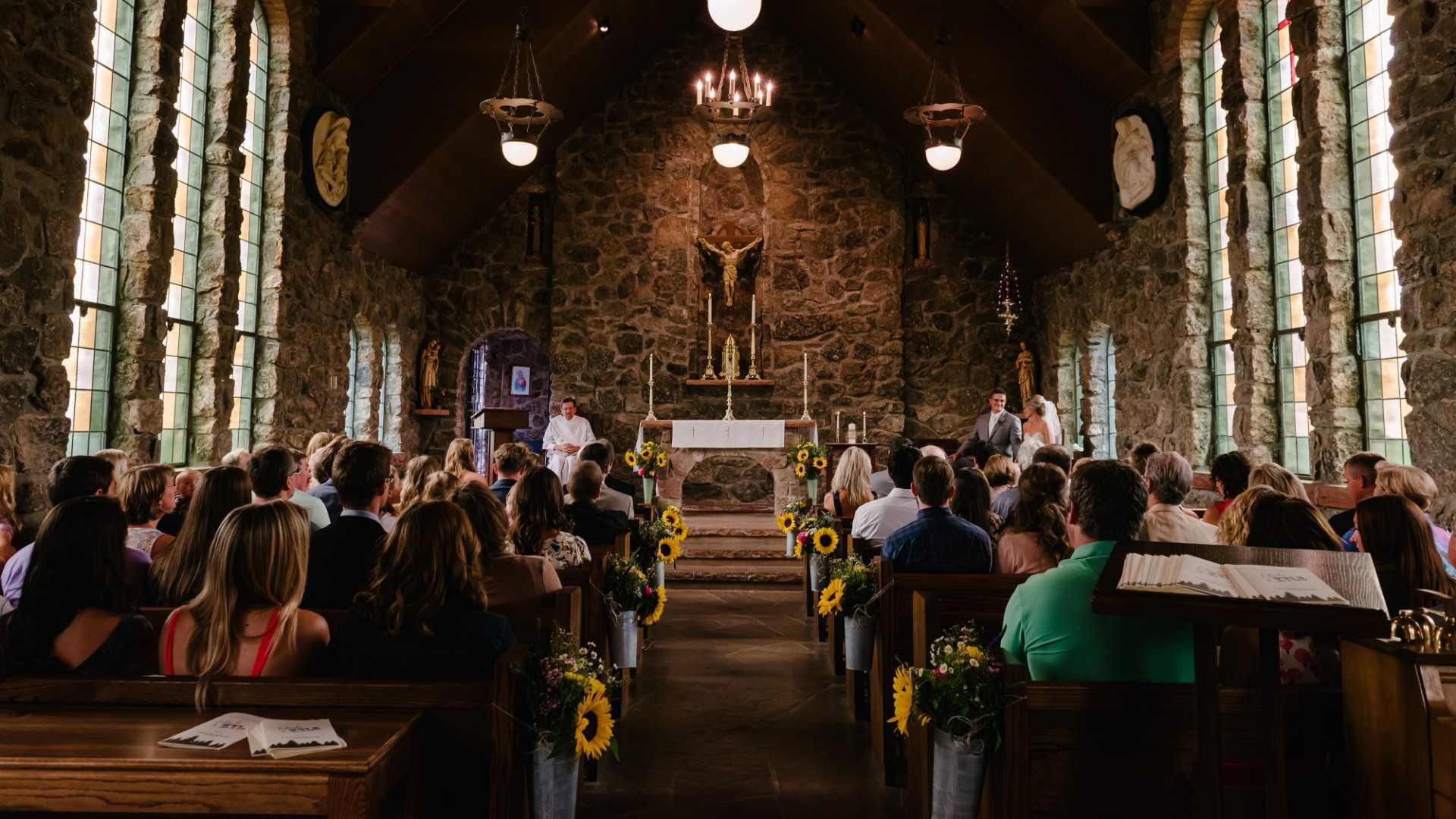At a recent event, I was asked how Christians should respond when those who identify as gay or lesbian come to their church. A common answer to that question suggests the Church should be “affirming.” That, however, usually means saying homosexual behavior is not sin. There’s no need to jettison biblical doctrine, though. We can be affirming of people without affirming behaviors the Bible prohibits. That’s what we’re supposed to do with anyone who comes through our church doors. Therefore, treat those who identify as gay or lesbian exactly like we treat any guest. Here are three quick points related to that approach.
Welcome homosexuals to your church. That doesn’t mean just letting them in, but also making them feel welcome. Greet them, tell them you’re glad they’ve come, help them find a good seat, and invite them to other church functions (picnics, concerts, Bible studies, etc.). After all, you should be excited when guests show up at your church. Assuming the pastor is preaching the Word of God, you want non-believers to hear what’s preached from the pulpit. You also want them to experience fellowship with a community of believers. This, of course, applies to any non-believer who visits your church, not just those who identify as gay or lesbian.
Church leadership is off limits, though. Practicing homosexuals can’t participate in positions of influence (worship team, teaching team, etc.). This is not a special rule for homosexuals. It applies to all church attenders. Anyone engaged in ongoing, unrepentant sin is not fit for leadership.
This rule does not apply to Christians who merely have same-sex attraction but choose to obey Scripture’s sexual guidelines. These brothers and sisters in Christ should be treated like other believers. They can participate in leadership roles at the church. That’s because they are like other believers in one sense: They have sinful proclivities just like any other Christian. Their particular temptation happens to involve same-sex attraction.
I have these tips, as well as many others, in my book, The Ambassador’s Guide to Understanding Homosexuality.

